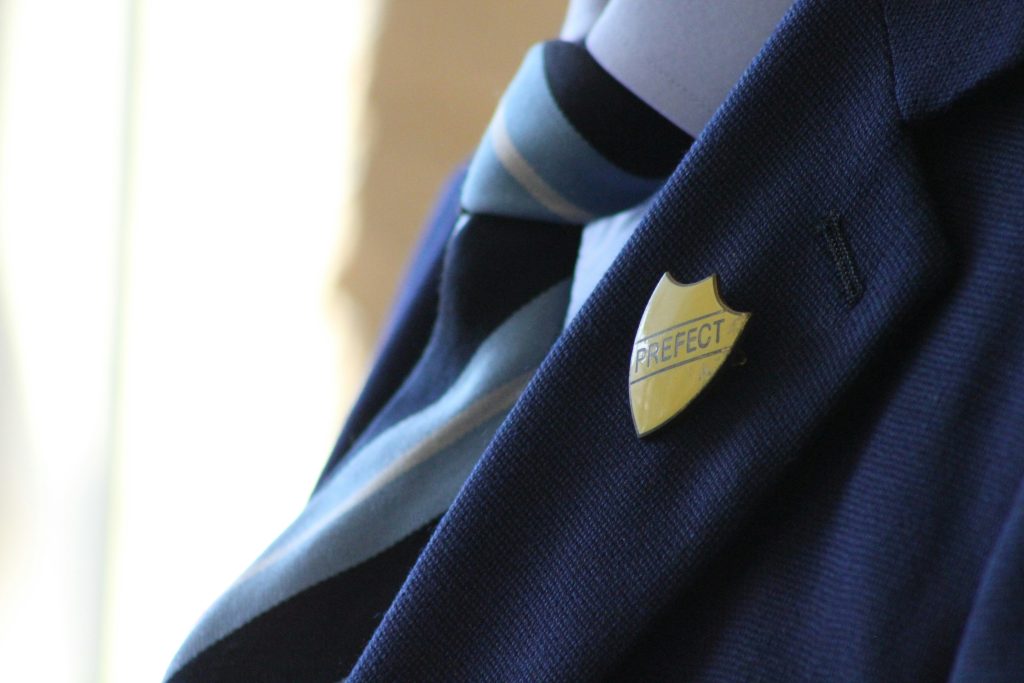Why school uniform rules matter
A parent’s guide to understanding the policy

Starting secondary school is a big transition—not just for children, but for parents too. One of the most visible changes is the school uniform. But behind every policy on socks, skirt lengths, or tucked-in shirts lies something more than formality or tradition. These rules are designed with children’s wellbeing, equality, and focus in mind.
This guide breaks down what common uniform rules really mean—and why they matter to your child’s confidence and your peace of mind.
The Bigger Picture: Uniform Rules Are About More Than Looks
At first glance, school uniform rules can feel overly strict. Why should the colour of socks or the style of coat matter? Isn’t it just about showing up ready to learn?
But schools across the UK have carefully considered these rules—not to create barriers, but to remove them. Uniform standards reduce social pressure, limit distractions, support equality, and even make life easier at home.
Let’s explore what the most common rules mean—and how they help.
Appearance & Presentation: Setting the Tone for Learning
“Shirts must be tucked in.”
Encourages a focused mindset. When children dress smartly, they’re more likely to adopt a serious attitude towards learning.
“Skirts should be knee-length” / “Trousers must be school-approved.”
Promotes modesty and comfort, reducing the chance of judgement or unwanted attention. It also prevents fashion-based peer pressure.
“No white socks over tights / black socks only.”
Simplifies choices and avoids comparison, especially among teens who are highly conscious of what their peers are wearing.
“Hairstyles should be natural and not extreme.”
Avoids distraction, removes pressure to follow beauty trends, and supports inclusivity—making sure no one feels they must alter their appearance to fit in.
“No makeup, lashes, or acrylic nails.”
Builds self-confidence and encourages pupils to value themselves beyond their looks. It also ensures all children start their day on a level playing field.
Footwear & Practicality: Helping Parents Too
“Shoes must be plain black – no coloured soles or logos.”
Prevents fashion competition and means one practical pair can often serve for both school and weekends—helping families stick to a tighter budget.
Important note: Some schools are very specific, and do not allow black trainers even if they have no logos. Always double-check your school’s individual guidelines.
“Coats must be plain and hoodies aren’t allowed.”
Makes students instantly identifiable, which is especially important for safeguarding during off-site activities. It also reduces the amount of lost property and helps avoid distractions in class.
How Schoolwear Solutions Can Help
We know that decoding uniform rules can be overwhelming—especially when every school has its own set of guidelines. That’s where Schoolwear Solutions comes in.
Based in Leicester, they specialise in providing high-quality, school-approved uniform for a wide range of local secondary schools. Their expert team is on hand to guide you through your school’s specific requirements, making sure you’ve got everything covered—from the correct trousers to the right PE kit. With a friendly in-store experience and online ordering options, Schoolwear Solutions takes the stress out of school shopping so you can focus on helping your child feel confident and prepared.
Supporting Equality, Minimising Pressure
The ultimate aim of most uniform policies is equality. When everyone wears the same, it reduces competition, prevents judgement, and levels the social playing field. It sends a clear message: what matters in school is your character and effort—not your fashion sense.
As a parent, you’re already balancing so much. Uniform rules, while sometimes frustrating, are intended to take some of that load off. They simplify decision-making, prevent unnecessary arguments at the start of the school day, and ensure that school remains a place of learning, not comparison.
Be Informed and Ask Questions
If you’re unsure about a rule or feel it creates a barrier for your child, don’t be afraid to speak with the school. Most schools are open to discussion, especially when it comes to affordability, sensory needs, or cultural dress. Open dialogue helps schools be more inclusive—and helps you feel more confident supporting your child.
Starting secondary school is a new chapter. And while the rules might feel strict, their purpose is to support your child’s growth, wellbeing, and success.
We are always more than happy to help with any uniform enquiries: email us at cust.service@schoolwearsolutions.com
